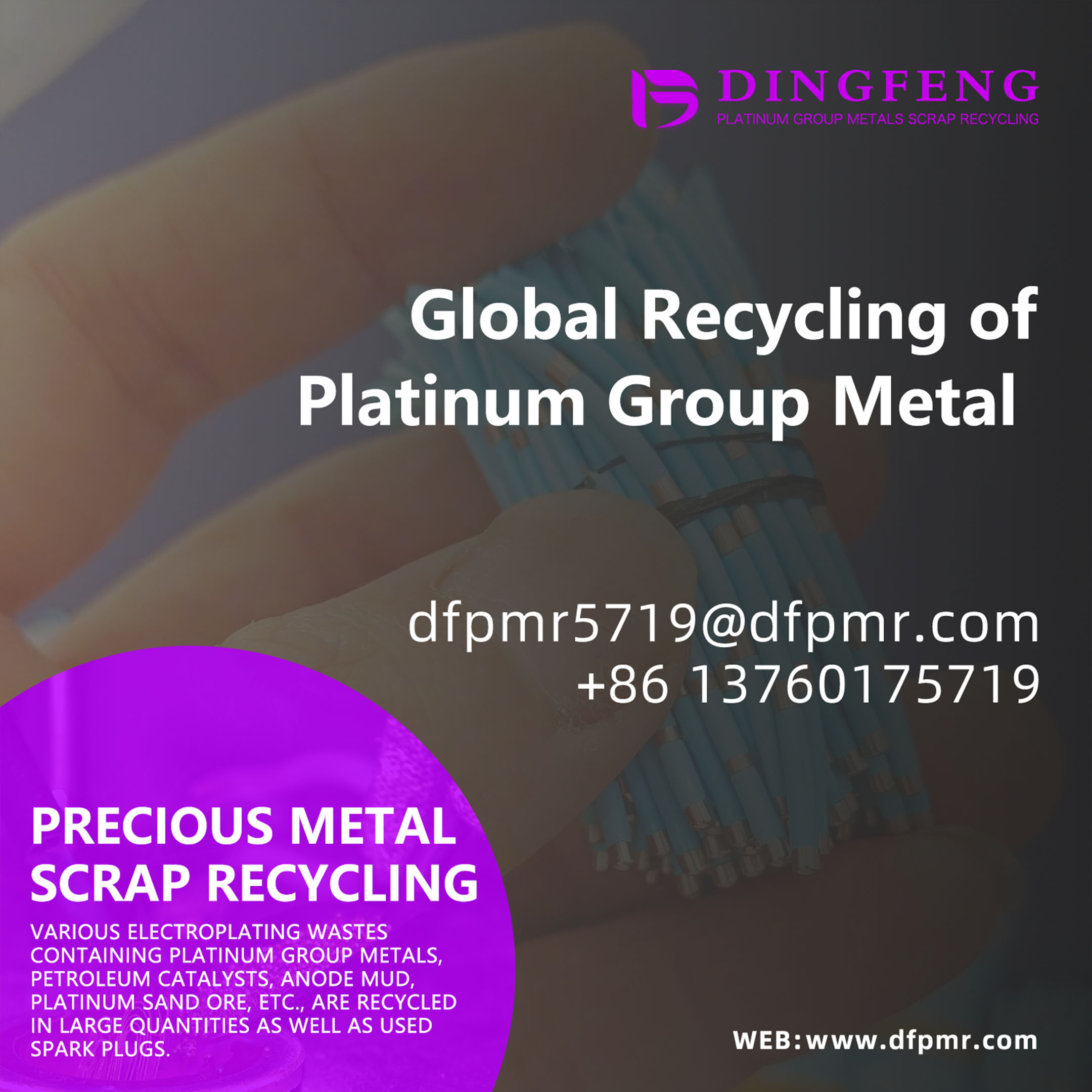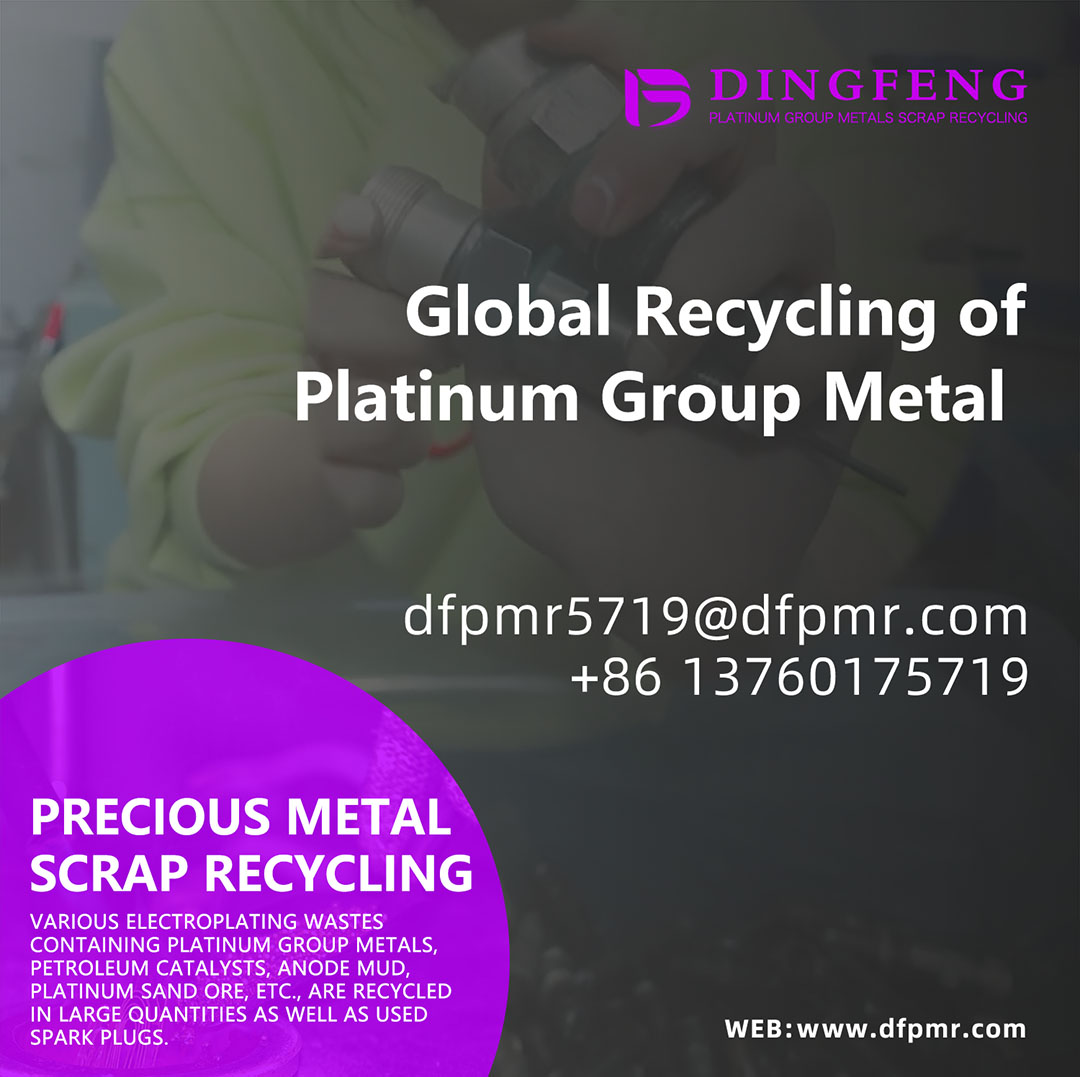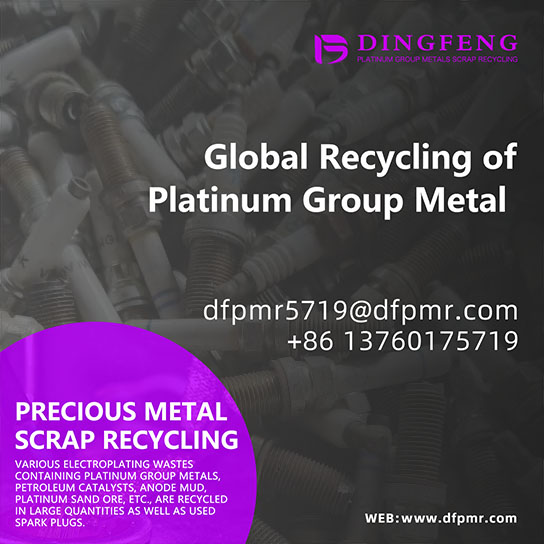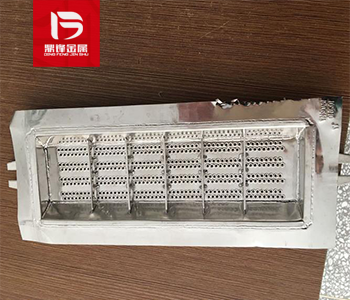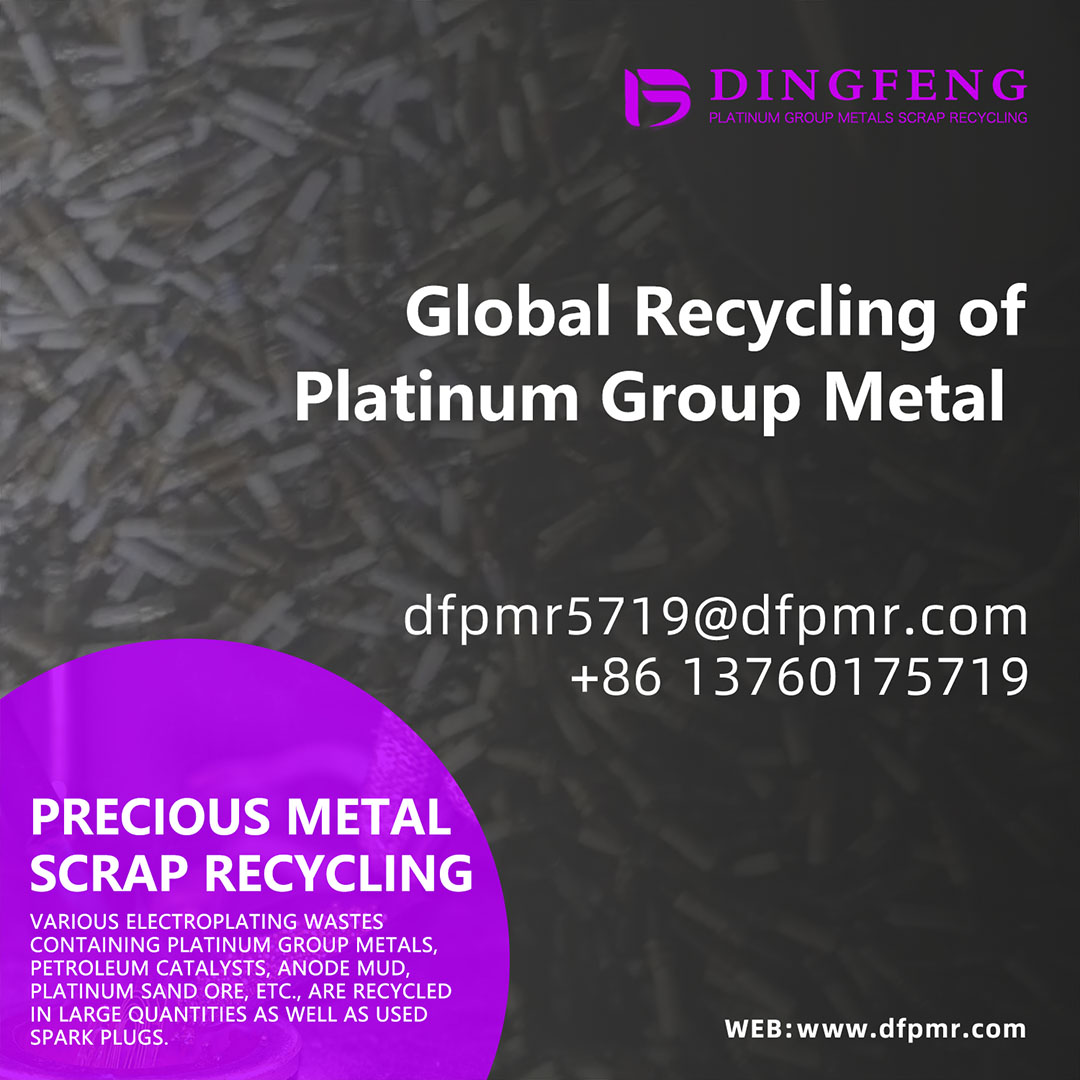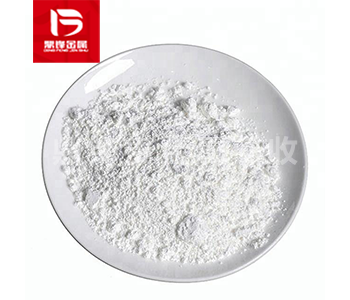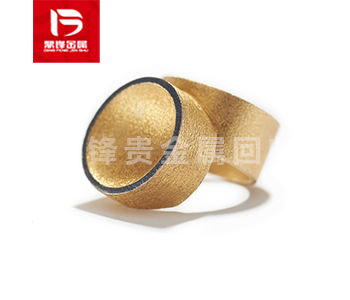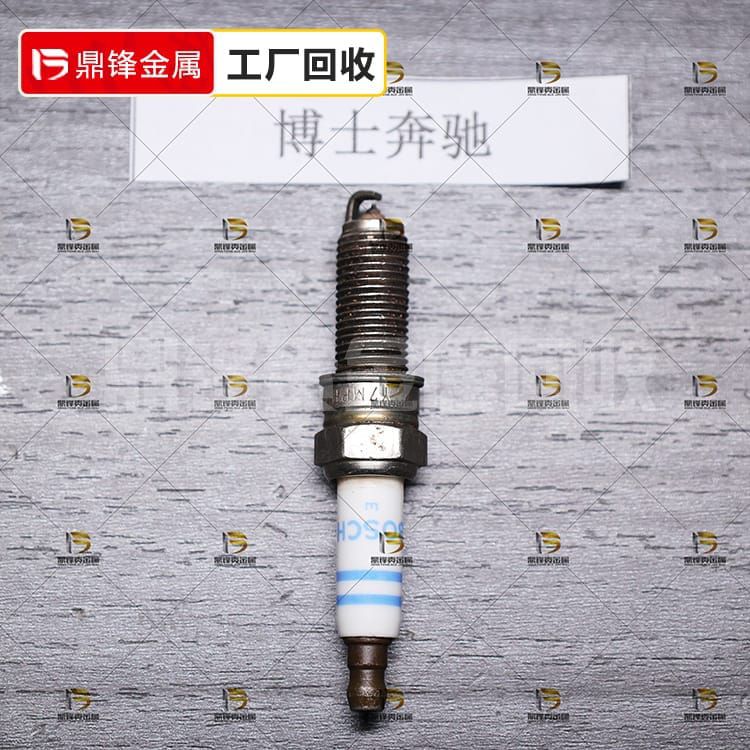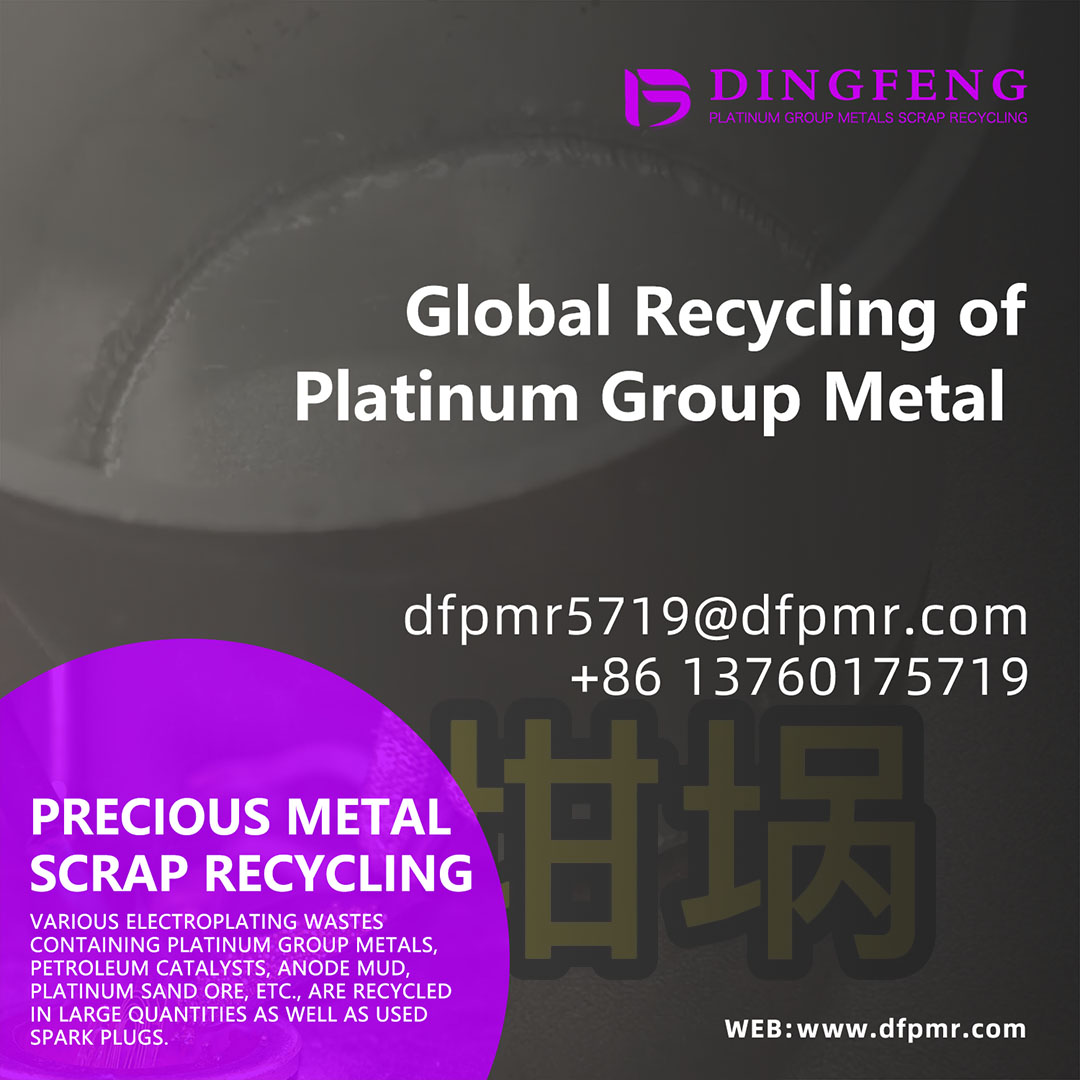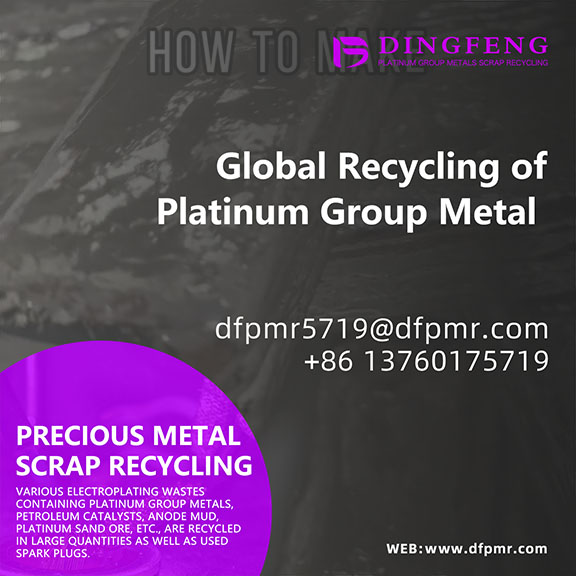Efficient Recycling of Platinum from Thermocouples: A Vital Resource Recovery
In industries that require high-precision temperature measurement, thermocouples are indispensable. These devices are found in a wide array of high-temperature applications, from steel and glass manufacturing to aerospace engineering and chemical processing. The critical metals that make thermocouples effective, particularly platinum and platinum-rhodium alloys, are both rare and costly. When these thermocouples reach the end of their service life, they represent not only valuable waste but also a significant opportunity for platinum recycling.
Product Details
In industries that require high-precision temperature measurement, thermocouples are indispensable. These devices are found in a wide array of high-temperature applications, from steel and glass manufacturing to aerospace engineering and chemical processing. The critical metals that make thermocouples effective, particularly platinum and platinum-rhodium alloys, are both rare and costly. When these thermocouples reach the end of their service life, they represent not only valuable waste but also a significant opportunity for platinum recycling.
Why Platinum Is Essential in Thermocouples
Thermocouples are designed to measure temperatures in environments where ordinary metals cannot endure. Platinum’s unique properties make it one of the best metals for this application:
High melting point (around 1,768°C), allowing it to withstand extreme heat.
Resistance to corrosion and oxidation, even in harsh industrial environments.
Electrical conductivity, essential for accurate temperature measurement.
These qualities make platinum-based thermocouples the preferred choice in industries where precision and durability are critical. Over time, however, thermocouples degrade, and once they can no longer provide accurate readings, they are replaced. Rather than simply discarding these thermocouples, recycling the platinum inside them offers both economic and environmental benefits.
The Platinum Recycling Process
Recycling platinum from thermocouples is a highly specialized process. The steps typically include:
Collection and Sorting
Thermocouples are gathered from a variety of industrial sources, such as manufacturing plants and chemical laboratories. They are sorted by type (e.g., Type R, Type S, and Type B thermocouples), as different alloys contain varying amounts of platinum and rhodium.Disassembly
The thermocouples are carefully dismantled to separate the platinum-containing components from non-metallic parts such as ceramic insulation. This ensures only the valuable metal alloys are processed.Pre-Treatment
To prepare the platinum for refining, the thermocouple wires and tips are cleaned to remove any contaminants, such as carbon buildup, oxidation, or residual chemicals.Smelting and Refining
The platinum and rhodium alloys are smelted in high-temperature furnaces. This step separates the precious metals from any other materials, and the resulting metal is then subjected to chemical refining processes.Purification
Finally, the recovered platinum is purified to high standards—often exceeding 99.9% purity—through processes like electrolysis or chemical dissolution. The purified platinum can then be reused in manufacturing new thermocouples or other industrial applications.
Economic Advantages of Recycling Platinum
Recycling platinum from thermocouples provides several financial benefits:
Cost Savings: Mining platinum is an energy-intensive and costly process. Recycling allows industries to obtain platinum at a much lower cost compared to sourcing new material.
Revenue Generation: The platinum recovered from old thermocouples can be sold back to suppliers, creating a valuable revenue stream for businesses that replace thermocouples regularly.
Resource Efficiency: Platinum is a critical metal, meaning that its availability is limited. Recycling it reduces the strain on natural resources and creates a more reliable supply for industries.
Environmental Benefits
The environmental advantages of recycling platinum from thermocouples are substantial. Unlike the environmental damage caused by traditional platinum mining, recycling offers a sustainable and eco-friendly solution:
Reduced Carbon Footprint: Recycling platinum requires less energy than extracting it from ore, significantly reducing CO2 emissions associated with mining.
Minimized Waste: Recycling thermocouples prevents valuable metals from being wasted in landfills, contributing to more efficient waste management and resource utilization.
Conservation of Natural Resources: By reusing platinum, industries help preserve this finite resource for future generations.
Dingfeng Precious Metals: Your Recycling Partner
At Dingfeng Precious Metals, we specialize in the professional recovery and refining of platinum from thermocouples and other industrial scrap. We use cutting-edge technology to ensure the maximum recovery of platinum, providing clients with:
Accurate and reliable analysis of metal content
Competitive pricing based on the market value of the recovered platinum
Fast and secure processing, ensuring that your materials are handled with care and efficiency
With years of experience in precious metal recycling, we are committed to providing sustainable, cost-effective solutions for industries that rely on thermocouples.
Recycling platinum from thermocouples is not just a practical way to recover valuable resources—it is a critical step toward creating a more sustainable and resource-efficient industrial system. By choosing to recycle, businesses can reduce their environmental impact, lower costs, and help ensure that platinum remains available for future use.
At Dingfeng Precious Metals, we offer a trusted, professional service to help industries recycle their platinum thermocouples and other scrap, unlocking the full value of their used materials.
For more information, please contact us at dfpmr5719@dfpmr.com or WhatsApp +8613760175719.
- Previous:Recycling Platinum-Rhodium Thermocouples: A Sustainable Path
- Next:No time


